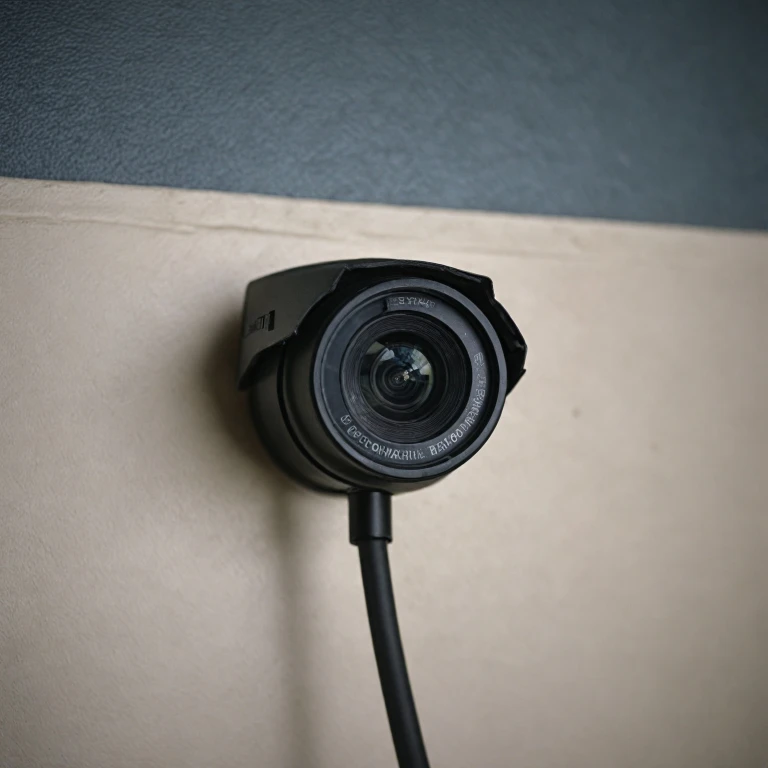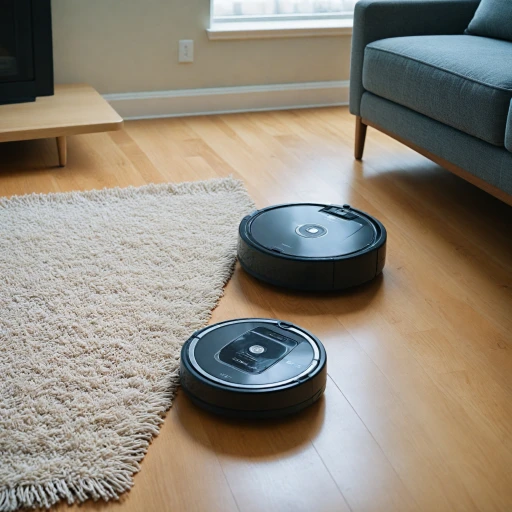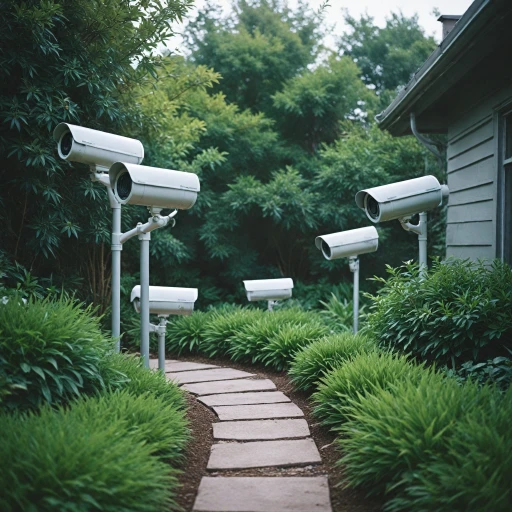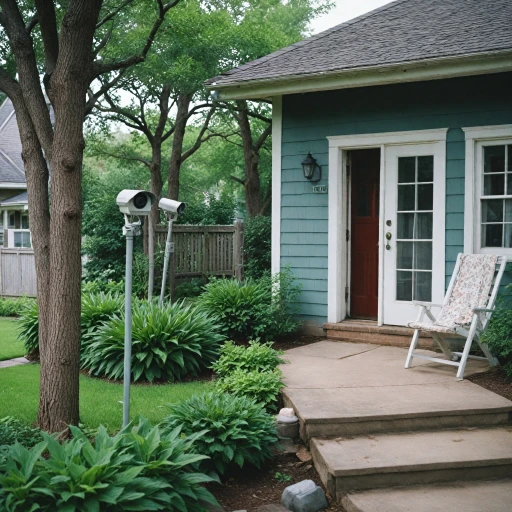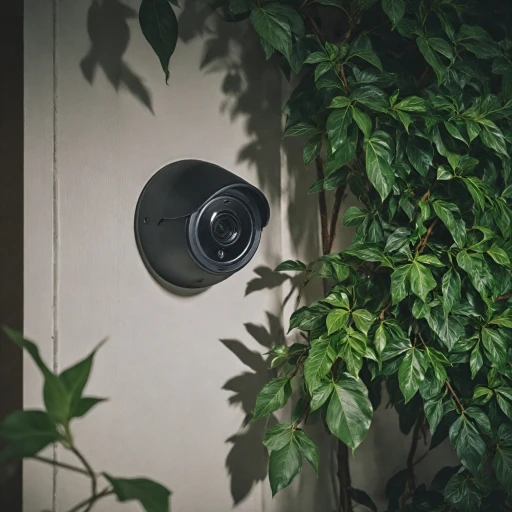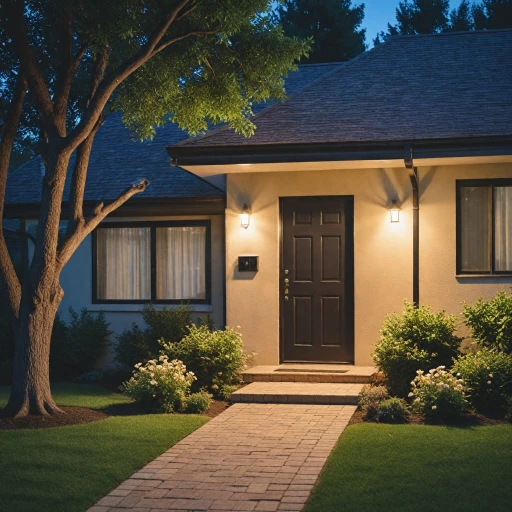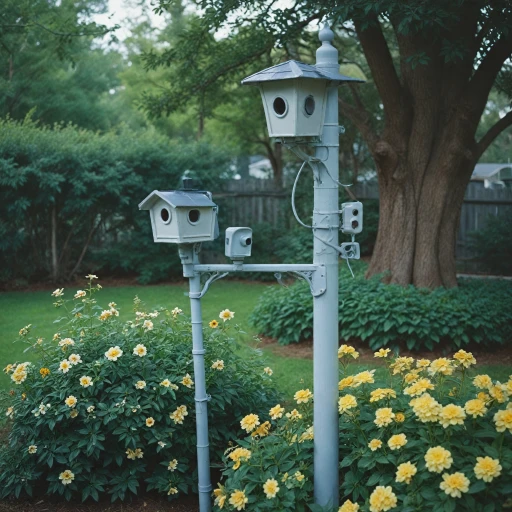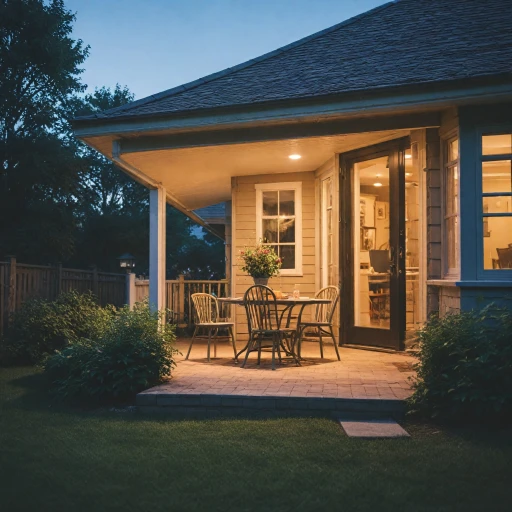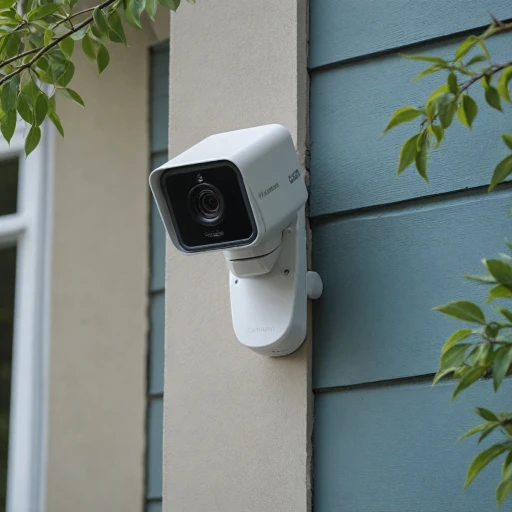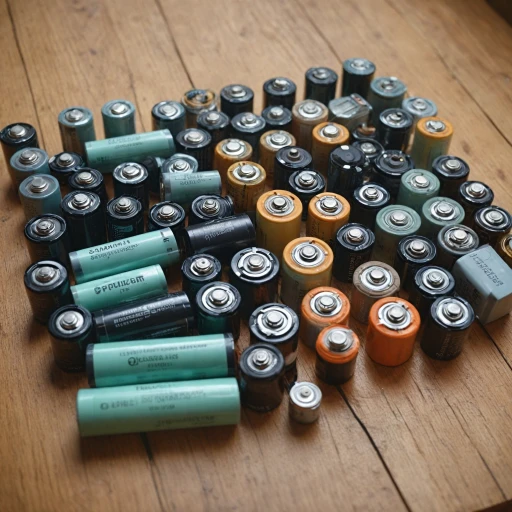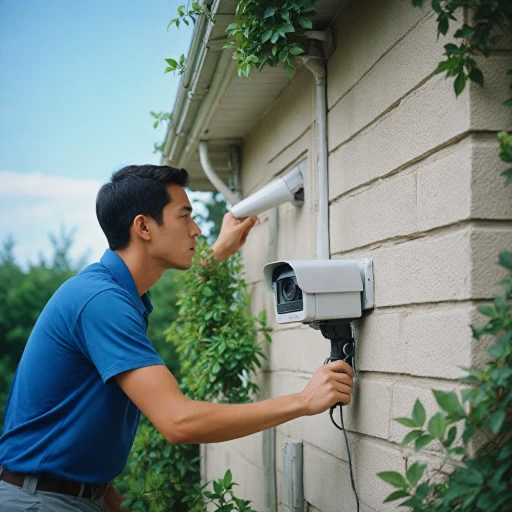
What is a BNC Cable?
Decoding BNC Cables
In the world of home security, understanding the various components that make up a surveillance system is key. One such crucial component is the BNC cable. BNC stands for Bayonet Neill-Concelman, a type of connector commonly used in video applications. These connectors come in male and female varieties, offering a secure and reliable connection.
A coaxial cable is typically used with BNC connectors, providing a robust pathway for transmitting video signals. The cable BNC is known for its durability and ability to carry both high and low frequency signals with low loss, making it a versatile choice for security systems. With an ohm rating, often 50 or 75 ohms, these cables are designed to handle different types of video transmissions, including sdi and micro bnc applications.
The BNC connector's design allows for quick connection and disconnection while maintaining a strong bond that ensures signal integrity. This feature is particularly important for security cameras, where maintaining a consistent and clear feed is paramount.
When selecting the right setup for your specific security system needs, understanding the role of BNC cables can be crucial. Exploring options with NVR cameras can further enhance the effectiveness and efficiency of your surveillance setup.
Why BNC Cables Matter in Home Security Systems
The Importance of Proper Connections in Security Systems
In today's technologically advanced world, having a reliable home security system is indispensable. One critical component of any such system is the BNC cable, serving as both the backbone and lifeline for transmitting video signals from the camera to the monitor or recording device. BNC cables are highly favored in the security industry due to their robustness, offering a dependable connection that ensures the integrity of video feeds. The "BNC" in BNC cable stands for Bayonet Neill-Concelman, named after its inventors. This uniquely designed connector provides a secure connection, reducing the risk of interruptions caused by loose or poor connections. Moreover, it guarantees high-quality signal transmission with minimal loss over distances, an essential feature when monitoring larger properties. The coaxial cable design plays a crucial role in maintaining signal quality. Coaxial cables used with BNC connectors have a special insulating layer that minimizes external electromagnetic interference. This means you can expect consistently clear video quality, crucial for accurately interpreting security footage. Security systems can employ various BNC connectors, including male BNC and female types, each working to ensure a tight fit and reliable transmission of video, audio, and data signals. Each component's compatibility affects the system's overall performance, making it imperative to choose the right connectors and cables. For those new to setting up a surveillance system, the wide array of BNC cable options might be overwhelming. However, understanding that these cables come in different ohm ratings like the 75-ohm BNC, can help guide your choice based on specific system requirements. Systems intended for long distances or high-density environments may benefit from premium options like low-loss cables, while those targeted at cost-effectiveness might consider the more affordable variants. Moreover, the role of these cables extends beyond mere connectivity. They also facilitate the integration of power and video signals, streamlining setup and improving system resilience while potentially reducing system price. To delve deeper into the intricacies of how video surveillance cables impact your security system's efficacy, you can explore understanding the role of video surveillance cables in home security. Indeed, selecting the right BNC cable and connectors for your setup is a vital step in enhancing your security system's performance and ensuring you maintain a vigilant watch over your home.Comparing BNC Cables with Other Connection Types
Exploring Cable Options for Security Setups
When setting up a home security camera system, it's crucial to understand different connection types. BNC cables are a popular choice, but how do they stack up against other types? BNC cables are famed for their reliability in transmitting video signals, owing to their coaxial nature. They maintain signal integrity over long distances, which is a big advantage for many security systems. The coaxial design, featuring a male BNC connector that securely locks into a female BNC counterpart, ensures a stable connection with minimal interference. In contrast, HDMI cables are often preferred for their ability to carry both video and audio signals. However, HDMI connectors can loosen over time and are generally more suitable for short distances due to signal attenuation over longer runs. Cat5 or Cat6 cables, on the other hand, provide versatility with Power over Ethernet (PoE) capabilities, allowing them to transmit power and data over the same line. This feature is particularly useful for IP cameras. Considering these connections comes down to balancing factors such as distance, signal quality, and the specific needs of your security system. BNC cables excel in providing consistent video quality and low power loss over greater distances, whereas HDMI is more prone to degradation. But for areas where high data is a priority and power needs to be managed smartly, Ethernet has the edge. In a security setup, it's essential to evaluate connection options based on specific system requirements, such as coverage area and camera type. Understanding the nuances of various cable types can significantly influence the efficiency and longevity of your security system. For those looking to explore modern security options further, some cameras don't rely on traditional connections at all. See the advantages of outdoor security cameras that don’t use Wi-Fi for more insights.Installation Tips for BNC Cables in Home Security
Essential Tips for Installing BNC Cables
When it comes to integrating BNC cables into your home security camera setup, proper installation is paramount for ensuring optimal performance. Whether you're dealing with BNC connectors or the overall security system, following a few key guidelines can make a significant difference.- Assess the Distance: Calculate the length of BNC cables needed. Keep in mind that the longer the cable, the more likely you'll encounter video signal degradation. If your setup involves a long distance, consider using low loss coaxial cables to maintain the quality of the video signal.
- Choose the Right Cable Type: Opt for a high-density coaxial cable like the 75-ohm BNC or SDI cable, which are commonly used for video BNC connectors. These cables handle video signal transmission more effectively, reducing the chances of signal loss.
- Use Proper Connectors: Ensure that both BNC male and female connectors are securely fastened. Loose connectors may cause intermittent or poor quality signals. Test leads can be used to verify the connections are stable.
- Minimize Bends and Angles: Bends and sharp angles can adversely affect the signal quality in coaxial cables. Aim to have a smooth, untangled installation, avoiding sharp turns that could damage the cable or impede signal quality.
- Power Considerations: Some security systems require power to be delivered over the BNC cable itself. When this is the case, make sure the cable can handle the necessary power load without overheating or degrading the system's performance.
- Test the Setup: After installation, conduct tests to verify the quality of the video feed. A clear and stable image will confirm that the installation is correctly done.
Troubleshooting Common BNC Cable Issues
Common Issues and Solutions for Running BNC Cables
When setting up or maintaining your home security system, you might encounter a few challenges with BNC cables. These issues can range from installation mishaps to performance troubles. Here’s a guide to tackle some common hurdles you might face:- Loose Connections: A frequent problem is loose BNC connectors. Ensure that the male and female connectors are properly locked. The twist-on mechanism should be secure without applying excessive force that might damage the connectors.
- Signal Loss: If you’re experiencing poor video quality, it could be due to signal loss over long distances. Using low-loss coaxial cables is beneficial, especially for covering larger areas of your property.
- Compatibility Issues: Not all BNC cables are created equal. It's important to use cables that match the ohm rating required by your system, such as 75-ohm BNC connectors for video applications.
- Damaged Cables: Physical damage like kinks or bends can affect performance. Opt for high-quality, high-density coaxial cables and handle them carefully during installation to prevent damage.
- Power Concerns: Some cameras may require a separate power source. Should you encounter power issues, consider utilizing cameras with PoE (Power over Ethernet) capabilities.
- Testing for Clarity: If video output is unclear, using test leads can help determine if the problem is within the cable or the camera itself. Testing ensures that both the BNC connector and the cable are functioning properly.
Future Trends in Home Security Camera Connectivity
Embracing Future Connectivity Options
In the evolving landscape of home security camera systems, BNC cables have long been a trusted medium, valued for their reliable performance in transmitting video signals. However, as technology advances, new forms of connectivity are emerging that may impact the future role of these cables.- Wireless Solutions: Increasingly, wireless technology is reducing the need for traditional cabling like BNC. The convenience of installation and the decrease in physical clutter make wireless options appealing. However, BNC and other coaxial cables still outperform wireless in terms of high-quality, uninterrupted video transmission, especially in areas with high interference.
- Integration with Internet of Things (IoT): Home security systems are increasingly integrating with IoT, allowing more intricate data management and remote control over devices. This may lead to an increased reliance on digital connections over traditional analog systems facilitated by BNC cables.
- Advanced Cable Technologies: Coaxial cable types, such as mini BNC and micro BNC, offer a slimmer profile while maintaining performance, reducing spacing issues in installations. Low loss and high density variations provide enhanced capacity for data transmission, potentially extending the relevance of coaxial cables.
- SDI and HDMI Connectivity: The use of SDI cables alongside traditional BNC in professional settings is on the rise due to their ability to support higher-quality video formats and resolutions. HDMI connections are also becoming popular in home systems, offering a plug-and-play ease that traditional BNC connectors cannot match yet.
- Future-Proof Solutions: As technology evolves, the choice between BNC cables and newer connection types will depend on the specific needs for video clarity, signal integrity, and installation conditions. Experimental technologies in optical fiber connections and other high-speed data transfer methods may soon present viable alternatives.

